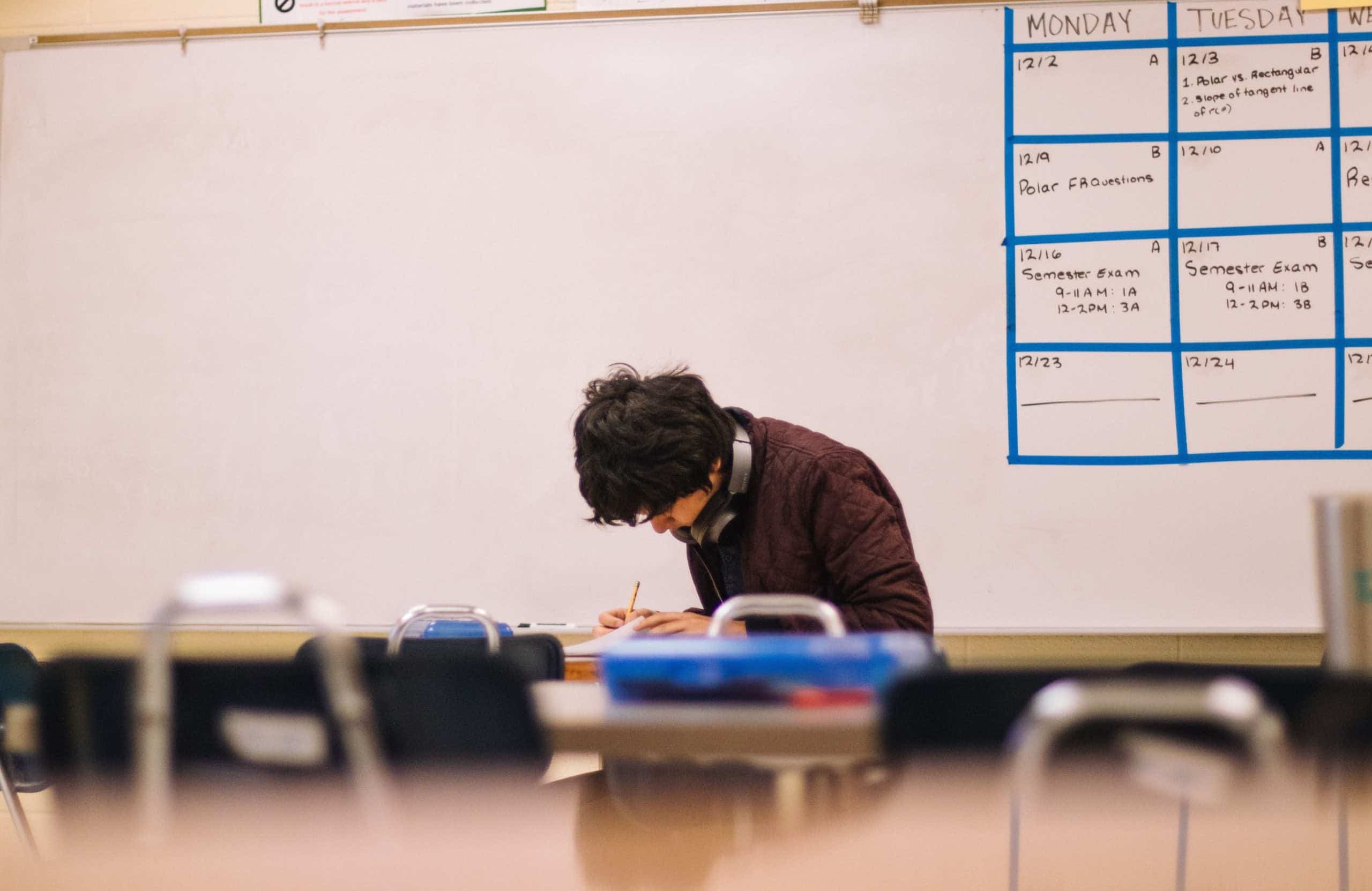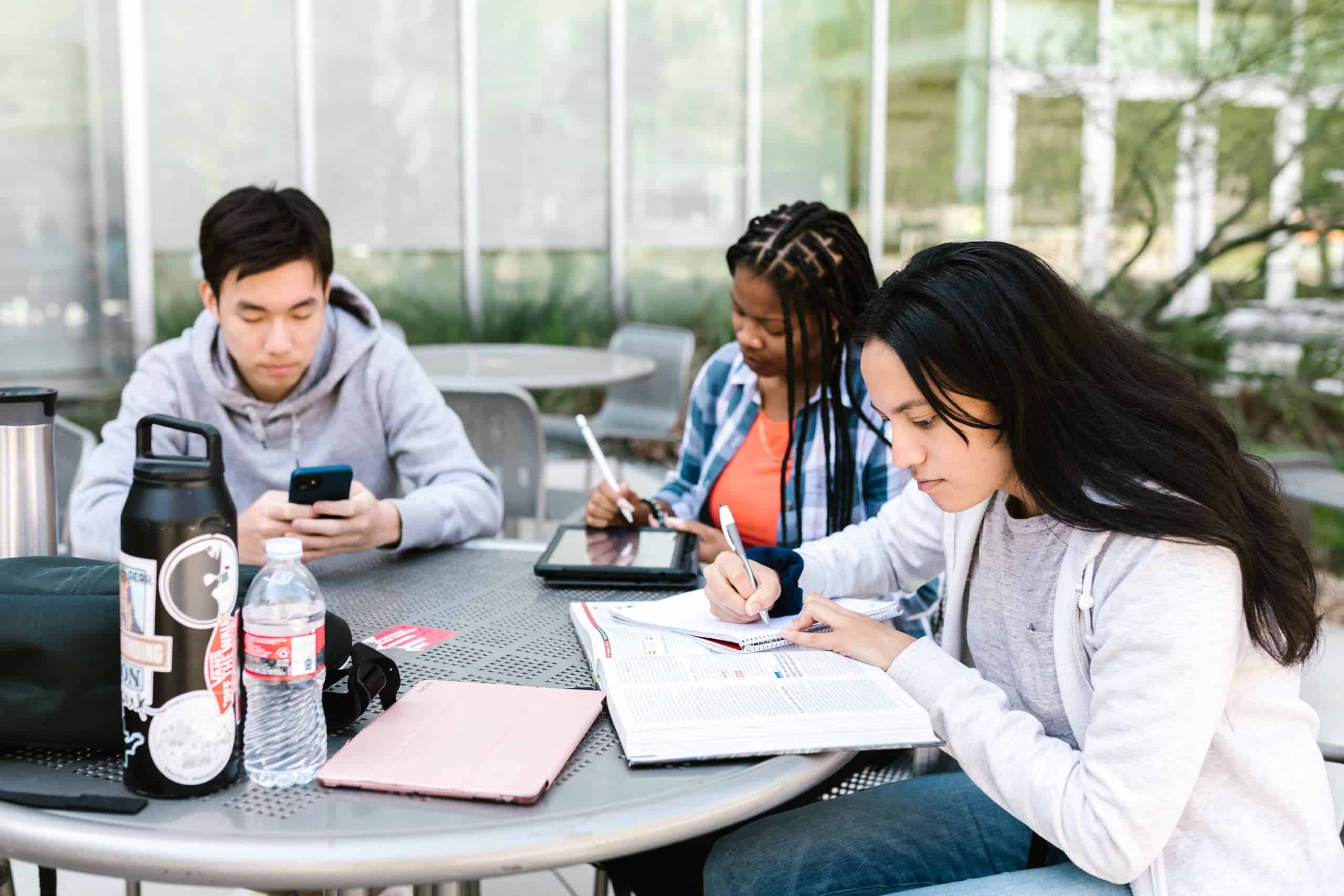
As many of you may know, today I am returning full-time to the classroom for the first time in seventeen years. The last time I taught a full teaching load was in Spring Semester 2006 at Kennesaw State University (KSU), when I was also asked to begin my administrative career as a department chair. During my time at KSU as an administrator, I continued to teach one or two courses per year, until I came to Augusta University (AU) as Dean in February 2017. Although I taught in an executive education program and made frequent guest appearances in courses ranging from freshmen to MBAs, I have only taught one graduate course as the sole instructor since my arrival at AU. However, during the most recent spring and summer semesters, I helped teach three MBA classes, which gave me my first up-close look at the post-pandemic classroom. While I have learned that some of my “old school” ways of teaching will not work and I need to adapt, I have also learned some of those ways are timeless. I think you will find that the same holds true in the business world where a mix of “old school” and “new school” is a recipe for success.
In my “old school” ways, all teaching was done “face-to-face.” While students were expected to prepare for class by reading the textbook and doing homework, a three-credit-hour college class met for two hours and thirty minutes per week. During class meetings, I would often lecture with PowerPoint, have discussions, and analyze case studies. My goal was to always keep things interesting and interactive, including the lectures, by involving the students at all times and providing relevant examples. Also, all quizzes and exams were conducted in class under my watchful eye for academic honesty purposes.

However, the changing landscape of academia has forced me to adapt to more “new school” methods. Both of the classes I am teaching this fall are “hybrid” classes, meaning they each will meet for only one hour and fifteen minutes per week and the rest of the instruction/learning will take place online. Therefore, part of the “new school” way of doing things is to use technology to enhance online learning. Our “learning management system” known as “D2L,” allows us to provide students with lecture slides, videos, and other materials online, while our textbook companies provide us supplemental resources to give quizzes and homework online and be automatically graded. The good news is that all this technology moves the “basics” out of the classroom and allows the classroom to be used for the most impactful instruction…the “old school,” hands-on, active learning that promotes critical thinking and the ability to communicate. We can spend valuable time discussing and applying what we learn rather than lecturing.
The other important aspect of the current academic landscape is that I am learning to maintain “old school” accountability with some “new school” flexibility. The quizzes and homework that the students will be doing online make them accountable to learn the material in the textbook on their own. However, since they will have a week or more to complete the quizzes, they can take them at their convenience and not be limited to a single day (as in a typical face-to-face class).

Finally, the one thing piece of “old school” that I will not give up is the personal touch that I believe is required to provide an excellent education. Classroom time will be used for spirited discussion and to ensure the students can apply what they learn in their future workplaces. In addition, even though I am willing to address student issues via email, phone calls, and Zoom/Teams calls, I will still hold office hours and meet students by appointment to assist them if they are having trouble with any classroom topics, require any other assistance, or request career mentoring. Technology can supplement, but not replace the personal impact we can have on others.
As you can tell, I have learned much as I have been preparing for my return to the classroom. While I have been known as “old school” in many ways, I have been open to doing things the “new school” way for the upcoming school year. However, what I have learned is not just limited to the classroom. Here are some of the ways you can apply what I have learned to your business:
- New School: Use technology to free up your people to do important things. In higher education, we are using technology more and more to deliver information that can be easily digested by the students and where a skilled professor is less necessary. In your business, adopt technology to do the repetitive and less critical, so that your employees can deliver value to the customer where it is most important.

- Old School/New School: Maintain high levels of accountability (old school) with an appropriate amount of flexibility (new school). For obvious reasons during the pandemic, we were all much more flexible in how we dealt with students and employees. Unfortunately, that led to an ongoing reduction of accountability. Whether it is in the classroom or in the workplace, it is time to be ramping up accountability again, while understanding the need for additional flexibility while mental health issues are still on the rise.
- Old School: Maintain the personal touch. No matter how much technology you add to the workplace, if you want to retain both your employees and customers, demonstrating a personal touch and caring for those around you are necessary elements of a successful business.
I am looking forward to using both my old-school and new-school techniques to provide my students with an excellent experience this semester. I hope they will work similarly for you and your business!










